Snack Pouch Packaging Inspires a New Era of Coffee Freshness and Functionality
The rise of snack pouch packaging has done more than revolutionize how we store chips and granola—it’s quietly reshaping the coffee industry. By borrowing design principles from these lightweight, resealable pouches, coffee brands are reimagining freshness, sustainability, and user convenience in ways that cater to today’s eco-conscious, on-the-go consumers. From valve sealed coffee bags to innovative quad seal coffee bag structures, the cross-industry exchange of ideas is brewing a packaging revolution.
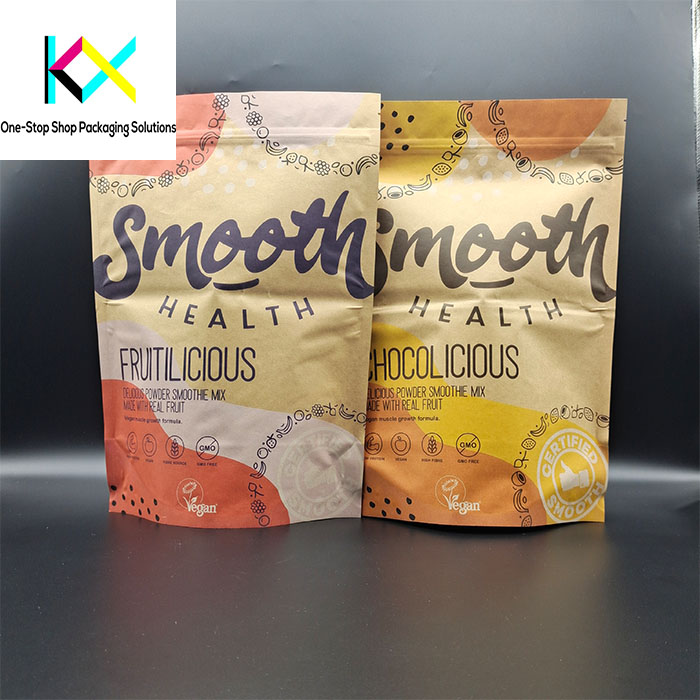
Bridging Snack Convenience and Coffee Preservation
At first glance, snack pouch packaging and coffee bags seem worlds apart. Yet both face a common challenge: maintaining product integrity while meeting demands for portability and sustainability. The success of snack pouches in extending shelf life through advanced barrier films and resealable zippers has inspired coffee brands to adopt similar technologies. For instance, valve sealed coffee bags now incorporate one-way degassing valves—originally refined for perishable snacks—to allow carbon dioxide to escape without letting oxygen in. This synergy ensures coffee beans stay fresh longer, addressing a pain point for small-batch roasters and large distributors alike.
The concept of degassing coffee bags itself is a nod to snack packaging’s focus on controlled atmosphere preservation. Just as nitrogen-flushed snack pouches prevent chips from going stale, coffee brands use modified atmosphere packaging (MAP) to flush out oxygen, replacing it with inert gases. However, coffee’s unique need to release CO2 post-roasting required an added innovation: the valve. Startups like Packmate and FreshLock have developed compostable valve materials, merging snack-inspired functionality with coffee-specific requirements.
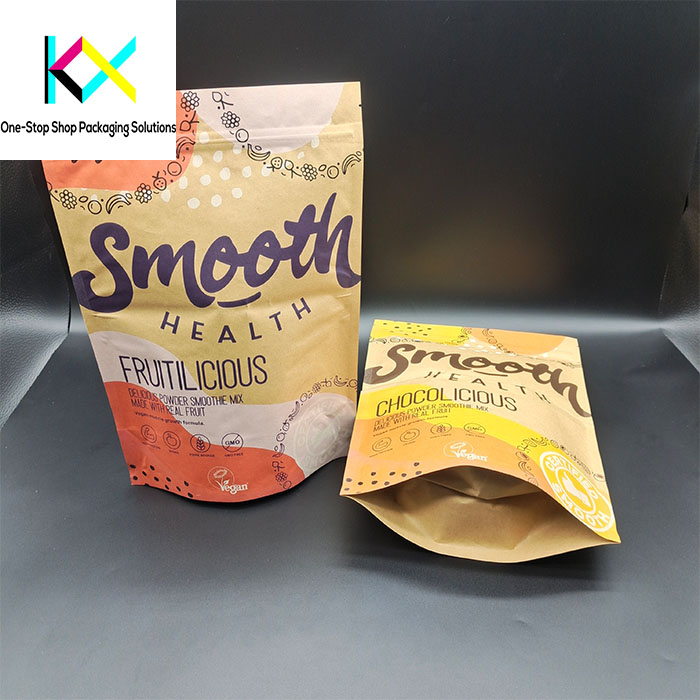
Structural Innovation: From Quad Seals to Smart Zippers
Another trend borrowed from snack pouch packaging is the adoption of quad seal coffee bag designs. These flat-bottomed pouches, popularized by premium nut and trail mix brands, offer stability for upright retail displays—a game-changer for coffee brands competing for shelf space. The quad seal’s four-sided construction not only enhances durability but also improves barrier performance by minimizing seam vulnerabilities. Specialty roasters like Intelligentsia and Counter Culture have embraced this format, pairing it with minimalist graphics and textured finishes to evoke artisanal craftsmanship.
Meanwhile, zipper coffee bags are undergoing a quiet revolution. Early iterations used basic press-to-close zippers, but newer designs mimic the “peel-and-reseal” mechanisms found in high-end snack pouches. Brands like Pact Coffee now feature zippers made from bio-based TPU (thermoplastic polyurethane), which maintain an airtight seal while being industrially compostable. Some even integrate smart sensors—a concept borrowed from snack packaging—that change color when coffee beans oxidize, alerting consumers to optimal freshness windows.
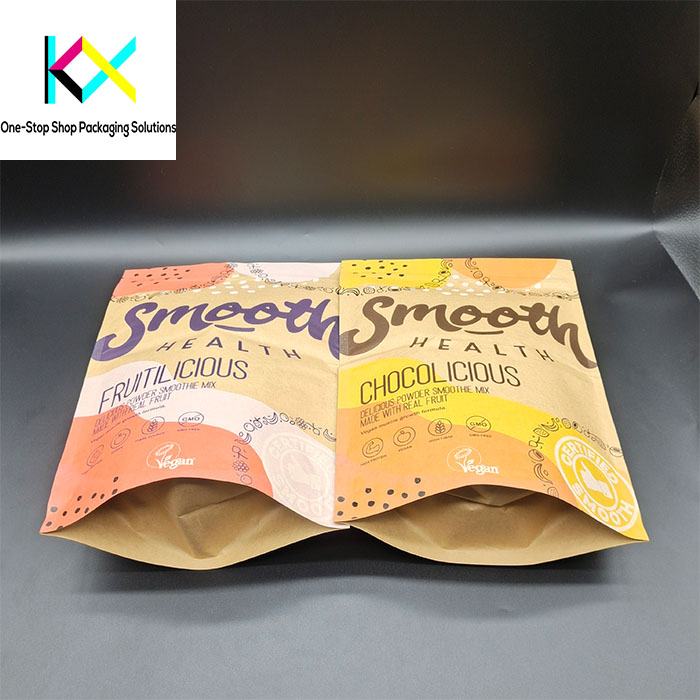
Sustainability Lessons from Snack Aisles
The coffee industry’s sustainability push is leaning heavily on lessons from snack pouch packaging. Mono-material films, such as all-polyethylene structures, are replacing complex laminates in both sectors. These simplify recycling streams, aligning with regulations like the EU’s Single-Use Plastics Directive. Coffee brands are also adopting chemical recycling techniques pioneered by snack companies, converting mixed plastic waste from zipper coffee bags back into food-grade materials.
One standout example is the collaboration between Lavazza and packaging giant Amcor. Their new line of recyclable coffee pouches uses 30% post-consumer recycled content, mirroring initiatives by snack leaders like PepsiCo. Even quad seal coffee bag designs are being reengineered with paper-based laminates, reducing plastic use by up to 40% without compromising moisture barriers.
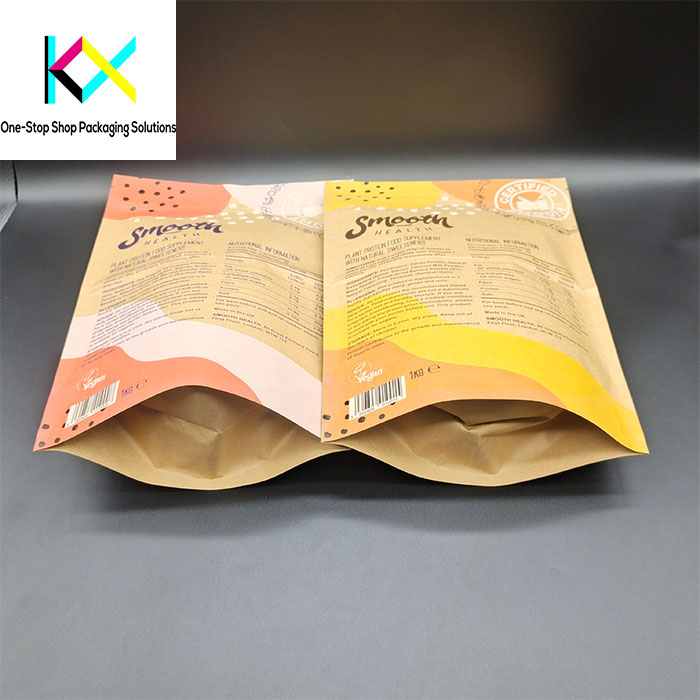
The Future: Where Snack Tech Meets Coffee Culture
Looking ahead, the convergence of snack pouch packaging and coffee solutions will likely accelerate. Smart labels with NFC chips, already common in premium snack brands, are being tested on valve sealed coffee bags to provide roast dates, brewing tips, and farm-to-cup transparency. Edible coatings—used to keep snacks crisp—are being explored as inner layers for degassing coffee bags to absorb residual oxygen.
Perhaps most intriguing is the development of “active packaging” systems. Inspired by snack pouches that release preservatives, coffee brands are experimenting with sachets that emit natural antioxidants, further extending freshness. These innovations highlight how cross-industry pollination drives progress.
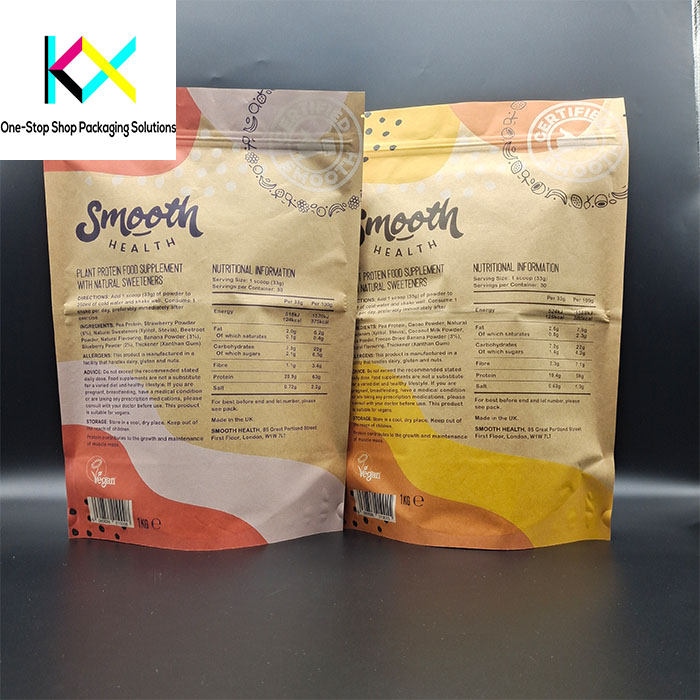
A Fresh Blend of Form and Function
The influence of snack pouch packaging on coffee solutions underscores a broader truth: great packaging transcends industries. By adapting snack technologies—from resealable zippers to quad-seal structures—coffee brands are delivering unmatched freshness while reducing environmental footprints. For consumers, this means enjoying specialty coffee that’s as fresh on day 30 as it was on day one. For brands, it’s proof that the future of packaging lies not in reinventing the wheel, but in reimagining it across aisles.
As sustainability standards tighten and consumer expectations evolve, the dialogue between snack and coffee packaging will only deepen. Whether through compostable zipper coffee bags or smart quad seal coffee bag designs, the lesson is clear: innovation thrives where industries intersect. In this era of conscious consumption, the humble coffee bag isn’t just a container—it’s a testament to the power of collaborative ingenuity.
You can visit our website to know more about our compostable pouch:
